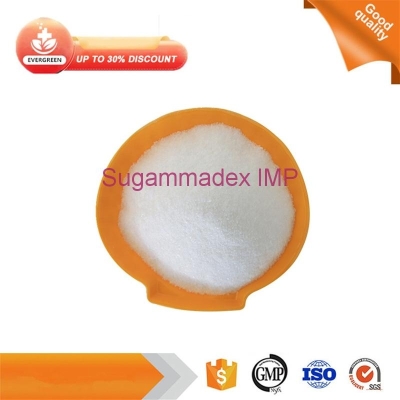Stroke: Intravenous fibrosis therapy in patients with retinal central artery obstruction
-
Last Update: 2020-07-14
-
Source: Internet
-
Author: User
Search more information of high quality chemicals, good prices and reliable suppliers, visit
www.echemi.com
Blocked central artery of the retina causes sudden painless blindness in the affected eye, and there is currently no effective treatment to save visionIn a recent study published in Stroke, an authoritative journal for the fieldof vasculardisease sedatives,researchers evaluated the efficacy of an intravenous tissue-type lysozymatic activator (IV atipase) in a prospective cohort study and updated system evaluation and meta-analysisfrom January 2009 to May 2019, the researchers included patients with acute retinal central artery obstruction who had a symptom attack within 48 hours and vision 20/200The main outcome of the study was safety and functional vision restorationThe researchers compared the visual recovery rates of patients treated with atepasine 4.5 hours after the onset of symptoms and those who did not receive atepascoase (including analysis only for patients who were not treated)The researchers incorporated these results into updated system evaluations and patient-level meta-analysesresearchers recruited 112 patients, 25 of whom (22.3 percent of the queue) received IV atepasse treatmentOne patient suffered anasymptomatic brain haemorrhage after receiving intravenous artipulase treatmentOf the patients treated with atepasy, 44% recovered their vision within 4.5 hours, compared with 13.1% (P -0.003) who were not treated with atepase, and 11.6% (P-0.03) who were not treated with atepasy within 4 hoursThe researchers conducted the latest patient meta-analysis of 238 patients, including 67 patients treated with atepasine within 4.5 hours, with a recovery rate of 37.3 percentIn contrast, the recovery rate for untreated patients was 17.7%In linear regression, early treatment is associated with a higher rate of vision recovery (P-0.01)this study showed that giving intravenous atepsoenzyme within 4.5 hours of the onset of symptoms was associated with a higher likelihood of good outcomes in patients with acute central retinal artery aplestle apleies
This article is an English version of an article which is originally in the Chinese language on echemi.com and is provided for information purposes only.
This website makes no representation or warranty of any kind, either expressed or implied, as to the accuracy, completeness ownership or reliability of
the article or any translations thereof. If you have any concerns or complaints relating to the article, please send an email, providing a detailed
description of the concern or complaint, to
service@echemi.com. A staff member will contact you within 5 working days. Once verified, infringing content
will be removed immediately.







